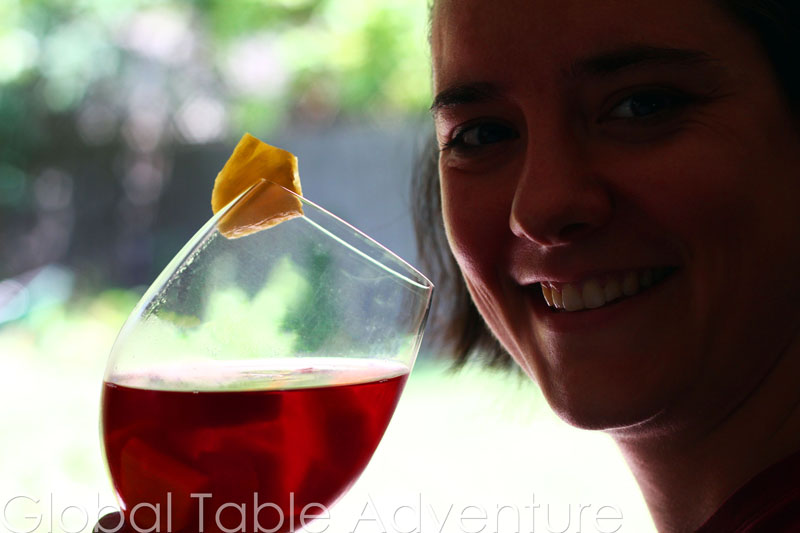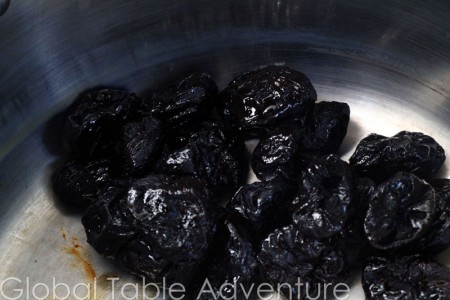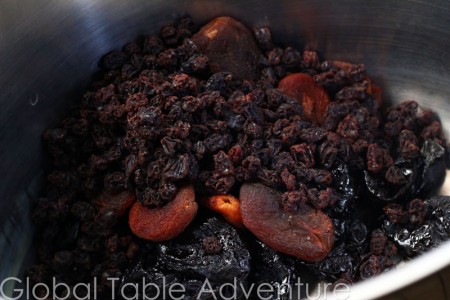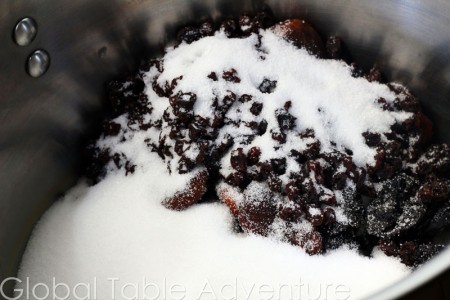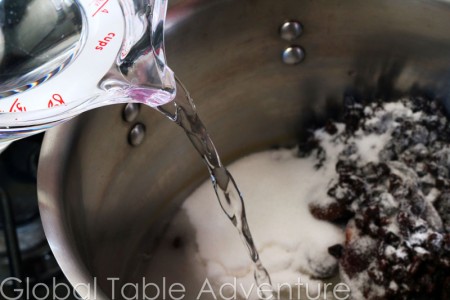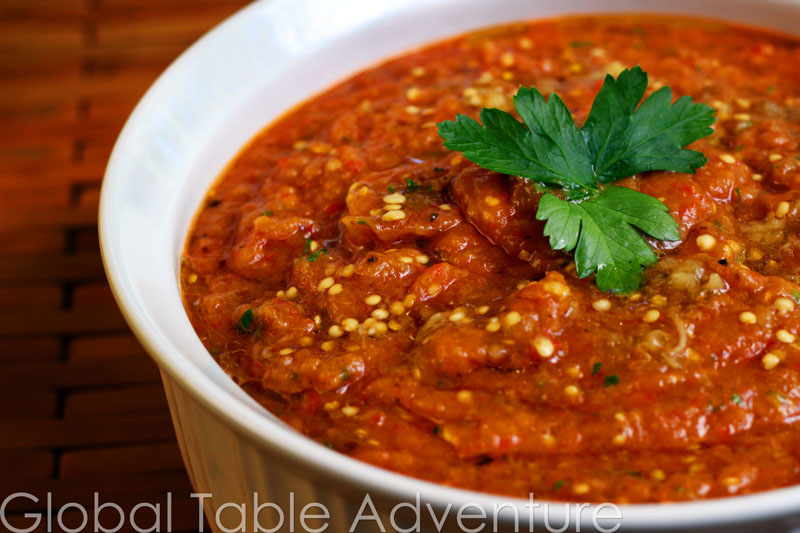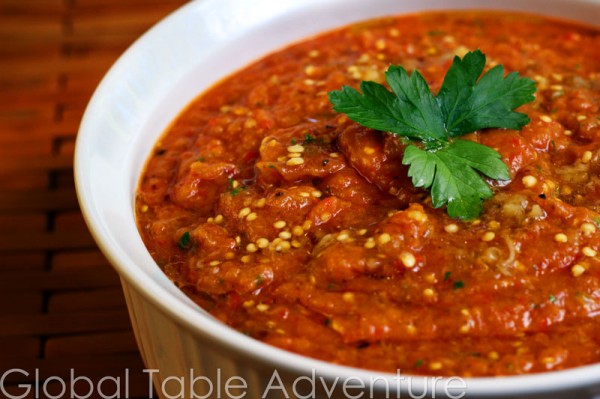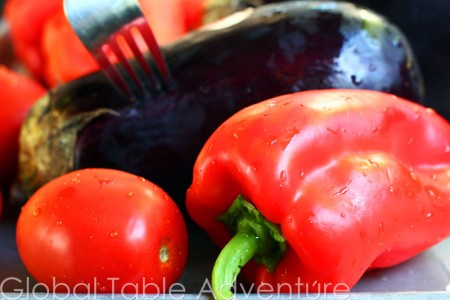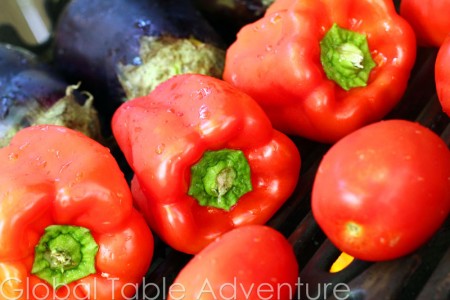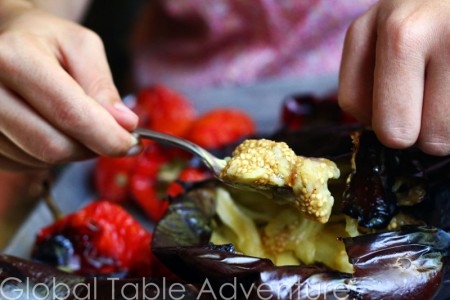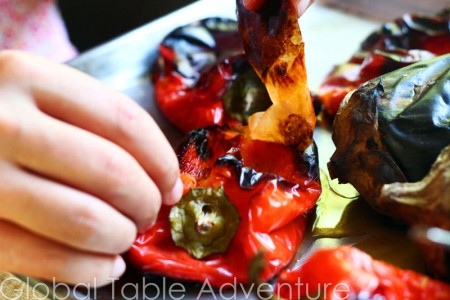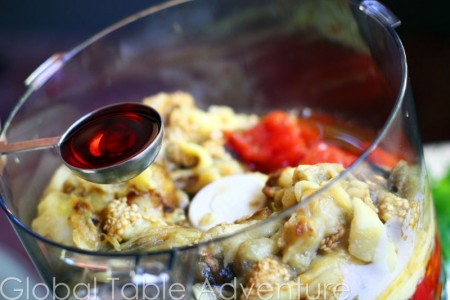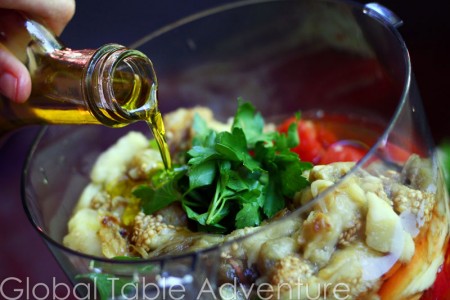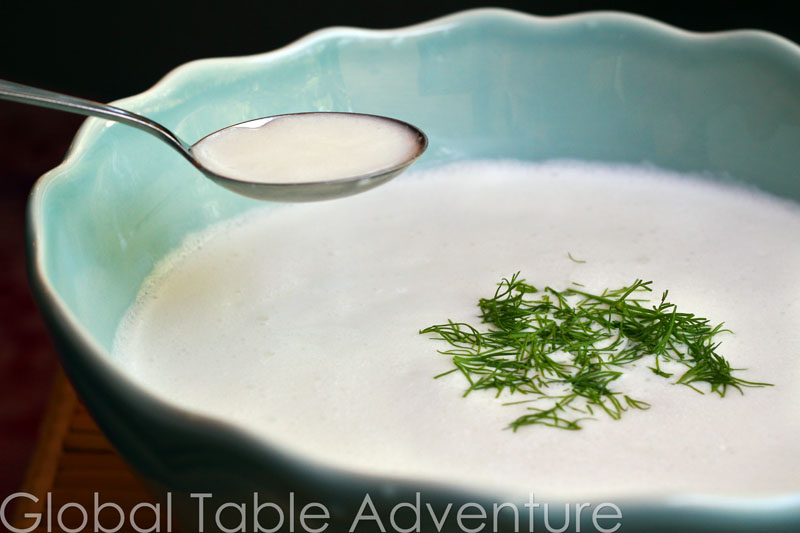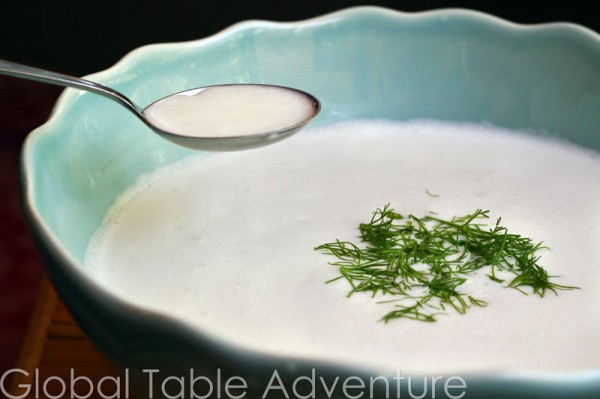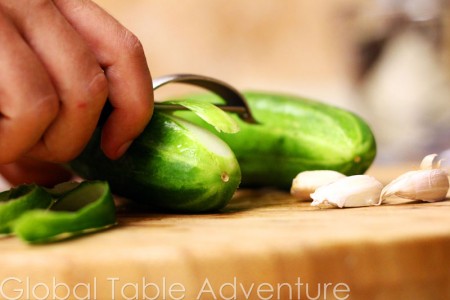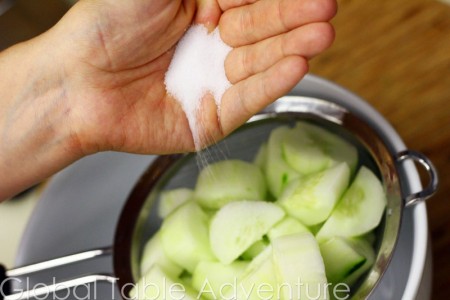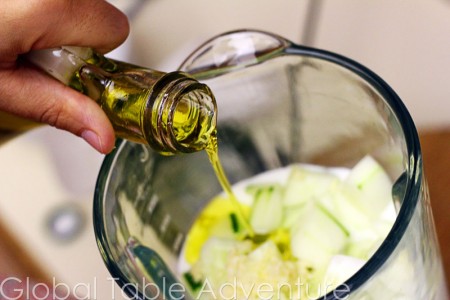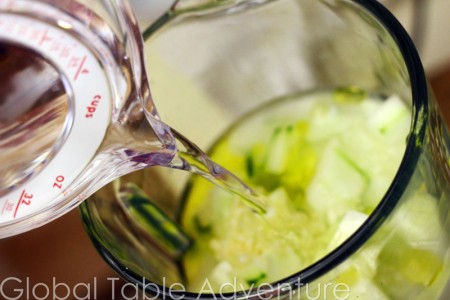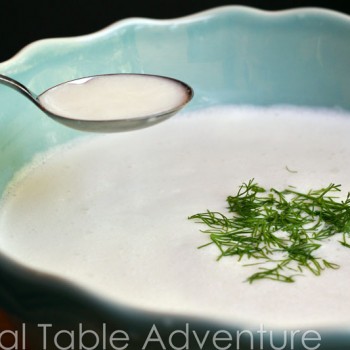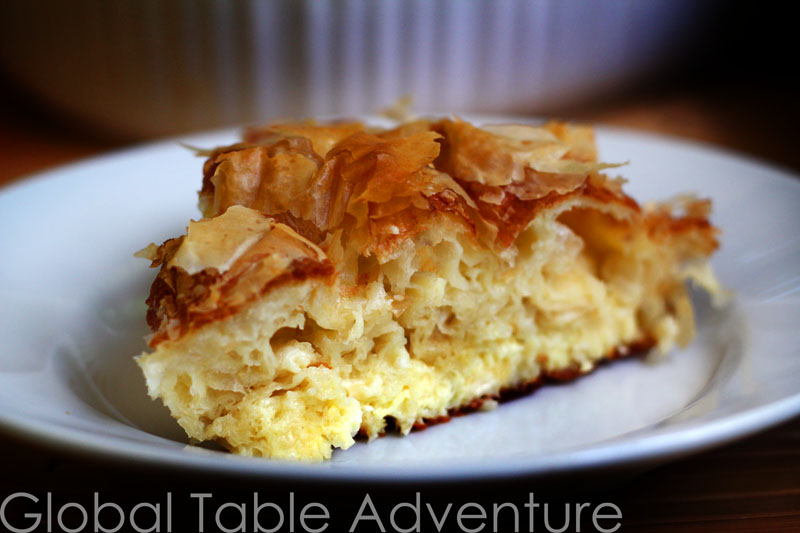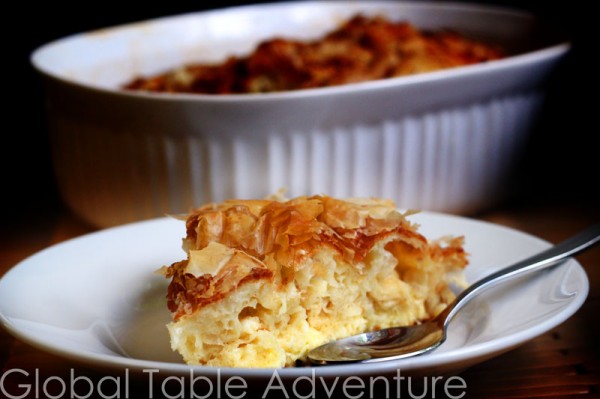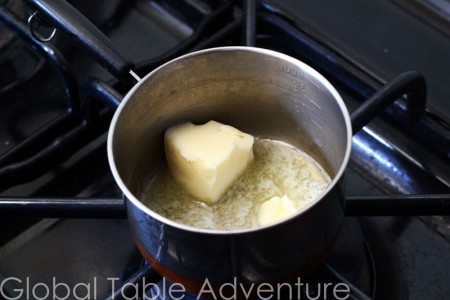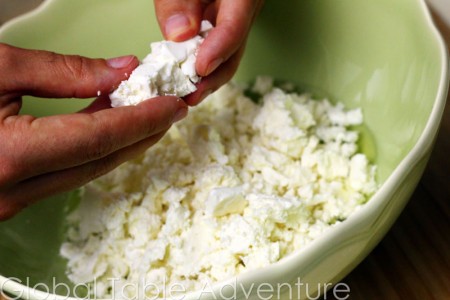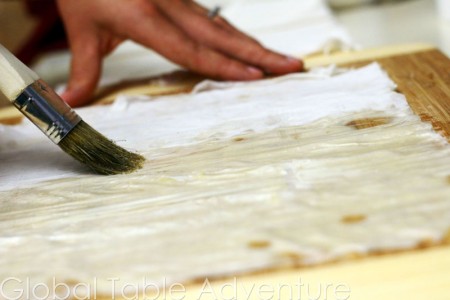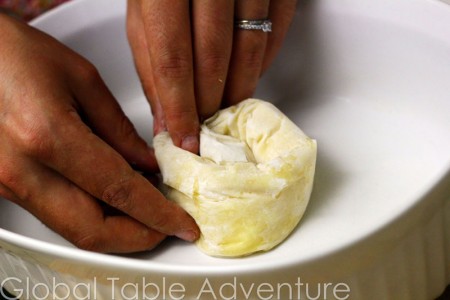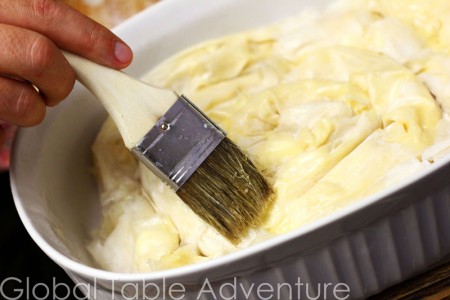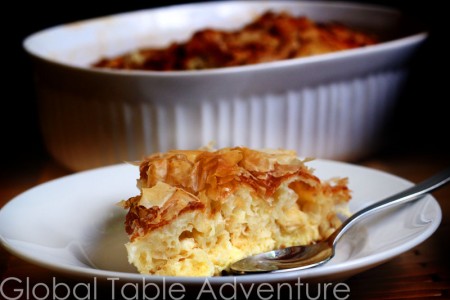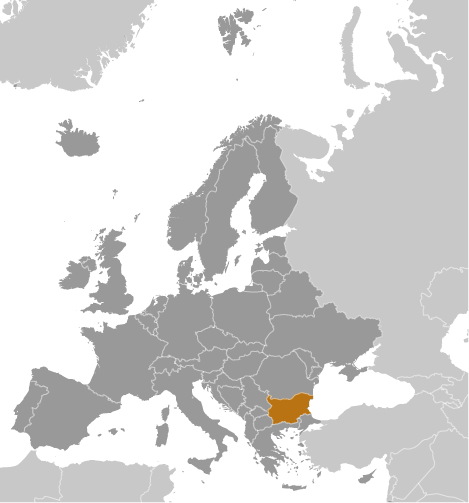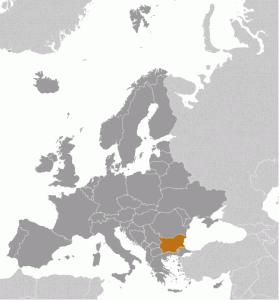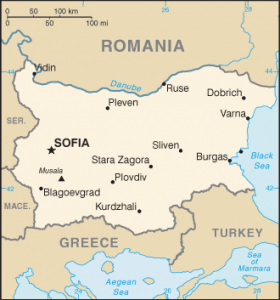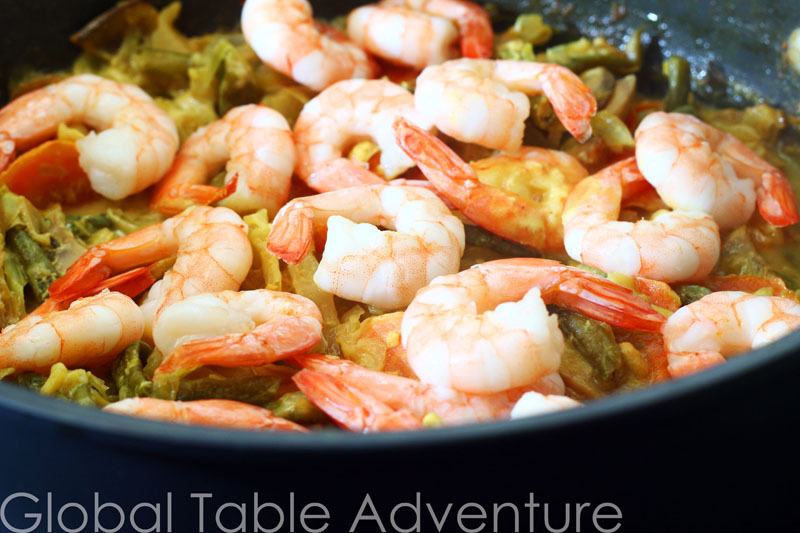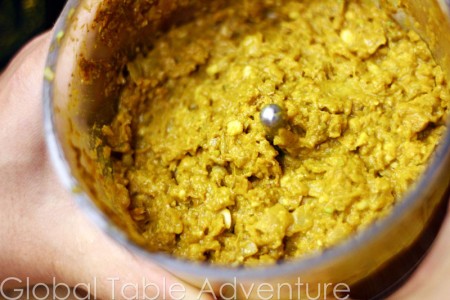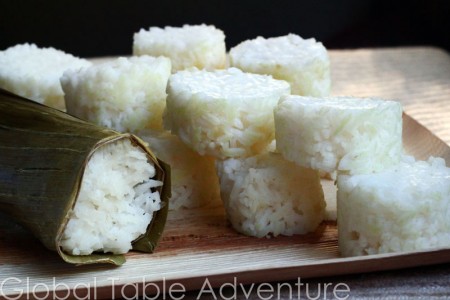
“Where’s the beef?” said Keith’s dad, wide eyed.
In all his sixty-plus years on earth, this was probably his first vegetarian meal. Ever. What can I say. He’s Oklahoma, through and through.
Six months ago, I would have been nervous about putting this feast in front of him. I’d probably have served a platter beef on the side.
Heck, I who am I kidding. The entire meal would have been a meat-lover’s delight.
I’m a people-pleaser, to the max.
But eating food around the world has changed me. I love trying new foods with friends and family. I love the discussion it generates, the unexpected reactions, the laughter, the fun.
Although he didn’t say much after his initial wide-eyed outburst, I could tell by the polite, but pained look on his face that this was not a meal he’d eat again. Too cold. Too weird. Too … meatless. Still, I took pride in the little I could do to broaden his palate of experiences.
Simply put, watching him eat an entirely cold, vegetarian meal was my favorite part of our Bulgarian Global Table Adventure.
Even better than Nick dropping out of the sky.
Chilled Cucumber Soup (Tarator) [Recipe]
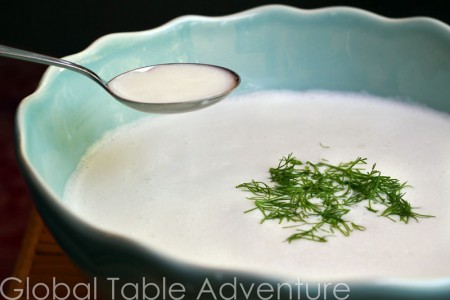
What I liked most about this dish:
Cool as a cucumber, smooth as yogurt. This soup is lovely to look at, easy to sip, and gone in a flash. My mom loved it. She drank the leftovers out of the serving bowl when she thought noone was looking. 🙂
You can make it as thick (or as thin) as you want – simply adjust the amount of water you add. My version is pretty thin, more like a broth than a creamy soup. I think next time I won’t add any water and see what that tastes like.
I enjoyed the fresh dill, which adds bright, springtime flavor. For those interested in more texture you might try adding crushed walnuts.
What I liked least about this dish:
If you don’t want the soup to taste like ocean water, be sure to rinse the cucumbers after salting. In fact, I would only salt the cucumbers if they taste bitter, the result of heat, uneven watering, and other garden dramas.
Savory Cheese Pastry (Banitsa) [Recipe]

What I liked most about this dish:
This is a very impressive pastry that can be assembled quickly. I enjoyed the bright, salty flavor of feta against the flakey, rich phyllo dough. Next time I am going to add drained, cooked spinach. Yum, I can hardly wait.
What I liked least about this dish:
This recipe only uses half a 2 pack of phyllo dough, so you have to think of something else to do with the dough. But, really, can one ever have too much phyllo dough?!
I did have some little leaks oozing out of the phyllo dough. You have two options if you run into this.
First, you can try to work more quickly. The more you handle the phyllo, the more likely it is to tear and leak.
Second, you can add another sheet of phyllo to each roll. This will create a slightly thicker barrier for the egg and cheese to travel through.
For those who are concerned with high fat content of Banitsa, don’t brush butter between each layer. Although I’ve never done it myself, I’ve heard phyllo cooks up just fine without it. Let me know if this works for you 🙂
Roasted Eggplant & Bell pepper dip (Kyopolou) [Recipe]
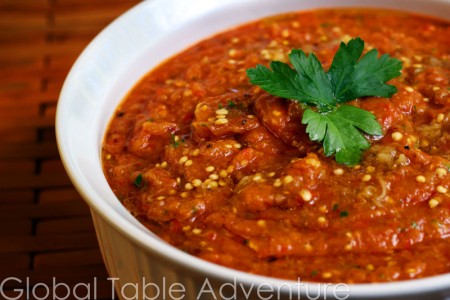
What I liked most about this dish:
The deep, smoky flavor of eggplants, peppers, and tomatoes roasted on the grill is out of this world. Next time, I will try roasting the garlic on the grill as well. Wrapped in a foil packet with a little oil, the garlic will add a mellow and sweetness to this vegan dip.
What I liked least about this dish:
Raw garlic is spicy and hot the first day this dish is made. I strongly suggest waiting a full day to serve Kyopolou (or at least several hours). This will give time for the garlic flavor to soften and mingle with the other ingredients. When serving, just double check your seasonings. You may find you want to add more salt or parsley.
Iced Fruit Drink (Kompot) [Recipe]

What I liked most about this drink:
Amazing that a pile of dried, fuddy duddy fruits can make a fresh, enticing beverage. The end result is like a cross between iced tea and chilled prune juice. Now, I know that prune juice doesn’t excite most people, but I happen to love the stuff. Judge me if you will!
If you really can’t stand the idea, this kompote is versatile enough that you can make it with your favorite fruit.
What I liked least about this drink:
This recipe makes a highly concentrated juice. I couldn’t get over how much watering down it needed (and, therefore, bigger and bigger pitchers). Other than that, the drink was great!
Chopped Salad (Shopska Salata) [Recipe]

We made Shopska Salata for Bosnia and Herzegovina. Check out the review on Bosnia and Herzegovina’s MMR.
Ava’s Corner
Even when she’s being difficult, this child melts my heart. The first feeding attempt is the dip. The second is the soup.
P.S. I want to call her my baby, but I think I’m in denial. She’s so grown up!


